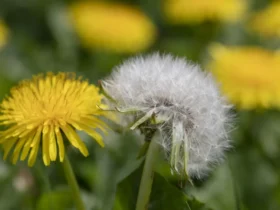In the realm of flowers, few blossoms can rival the enchanting beauty and timeless elegance of hydrangeas. With their large clusters of vibrant blooms and diverse color variations, hydrangeas have earned a special place as symbols of maternal love. Beloved by gardeners, floral enthusiasts, and decorators alike, hydrangeas captivate with their allure. Join us as we delve into the captivating world of hydrangeas, exploring their origins, characteristics, symbolism, and cultivation.
Hydrangeas images
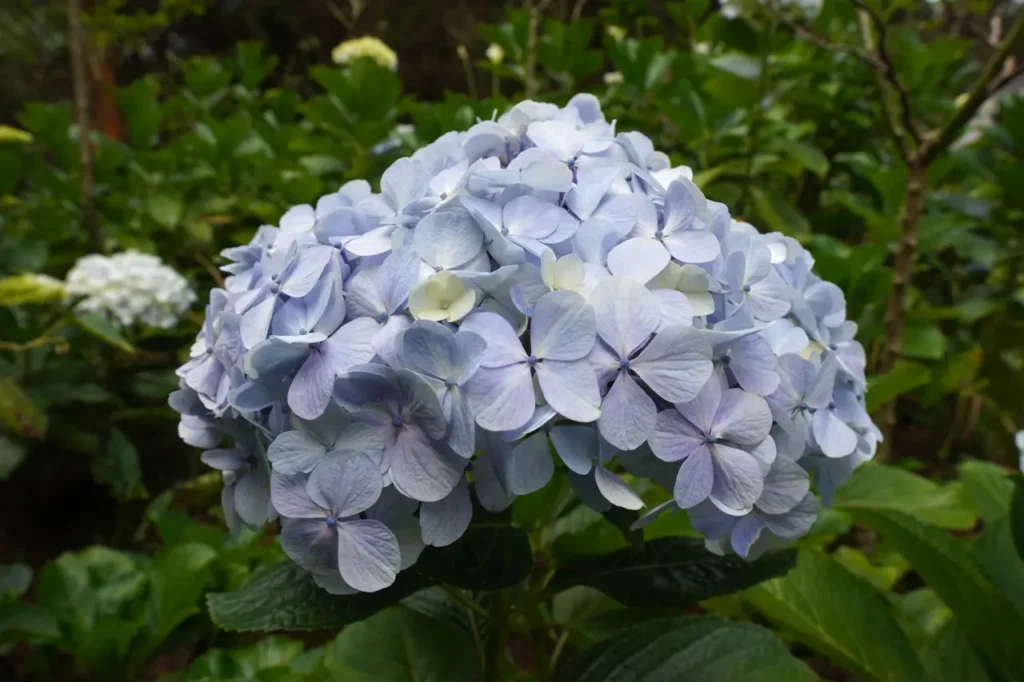
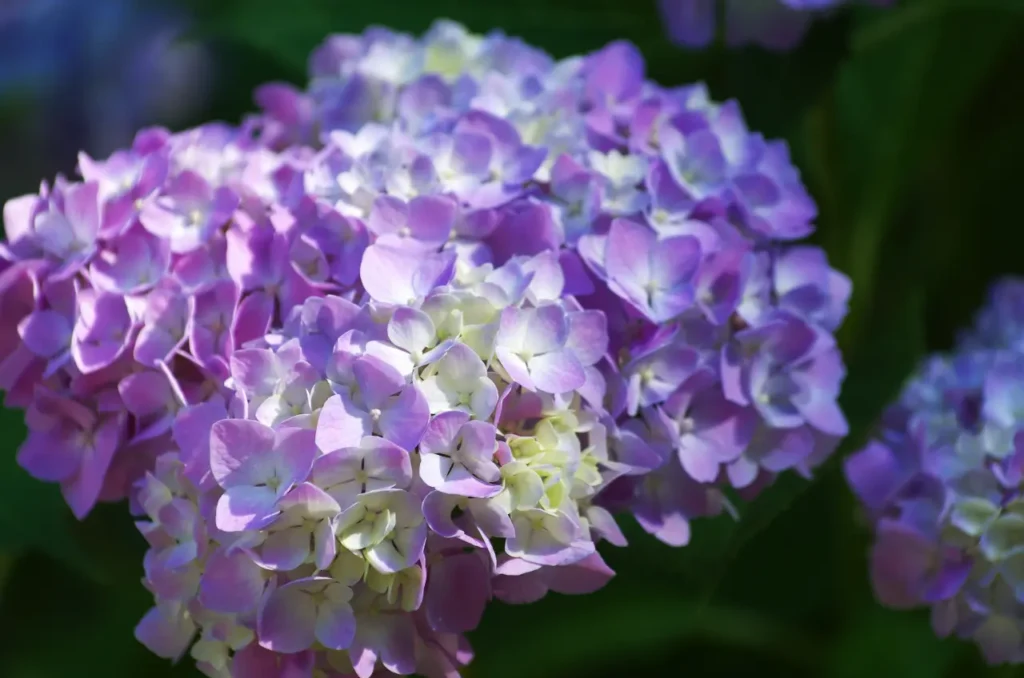
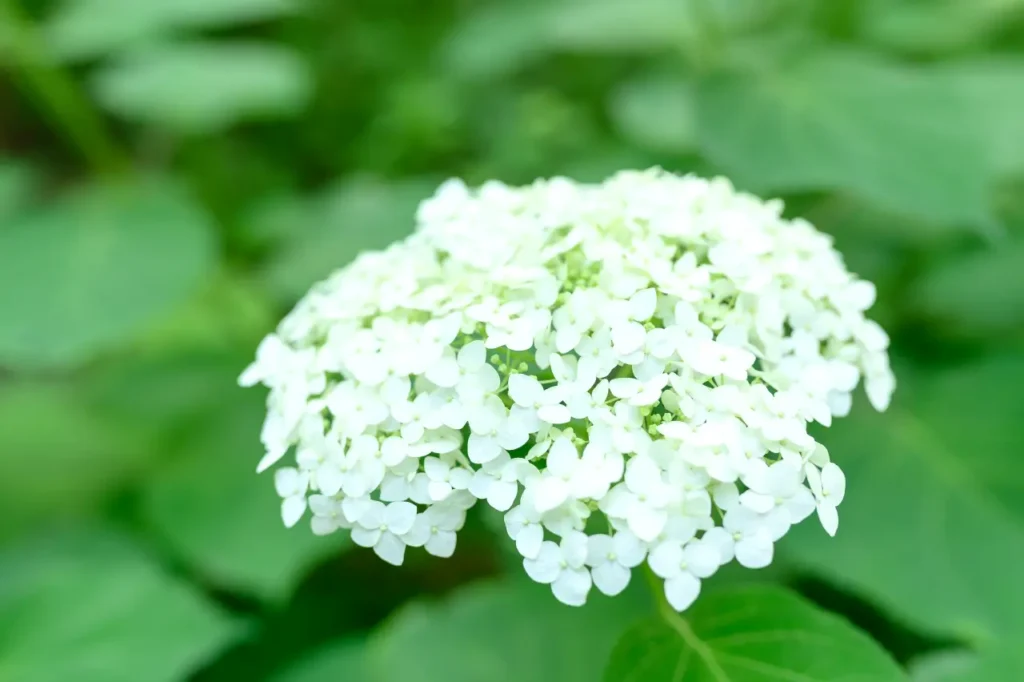



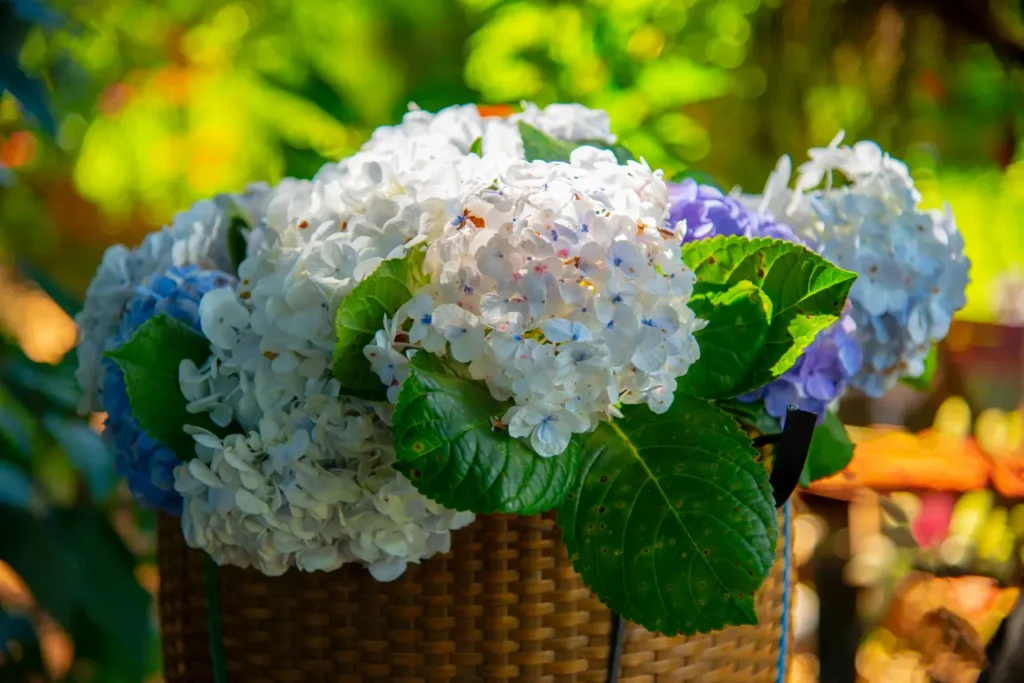
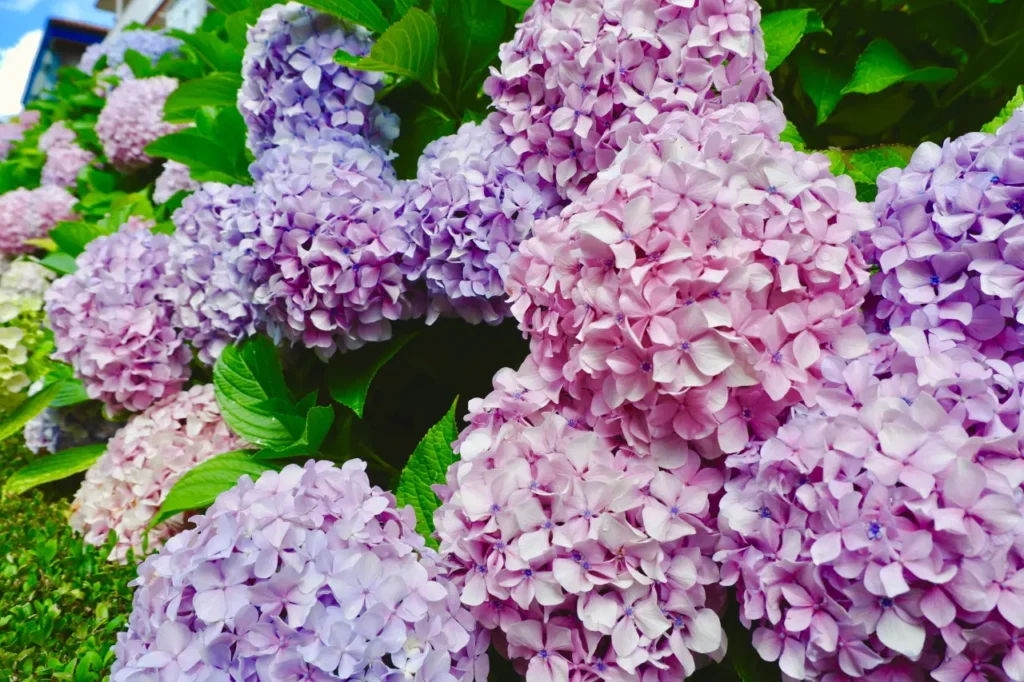
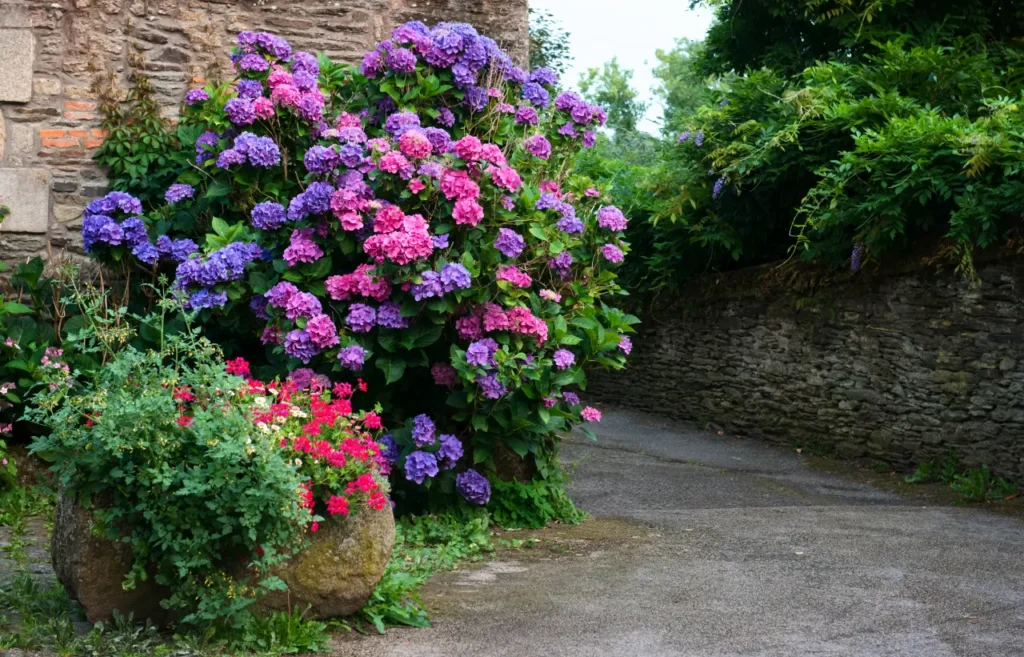
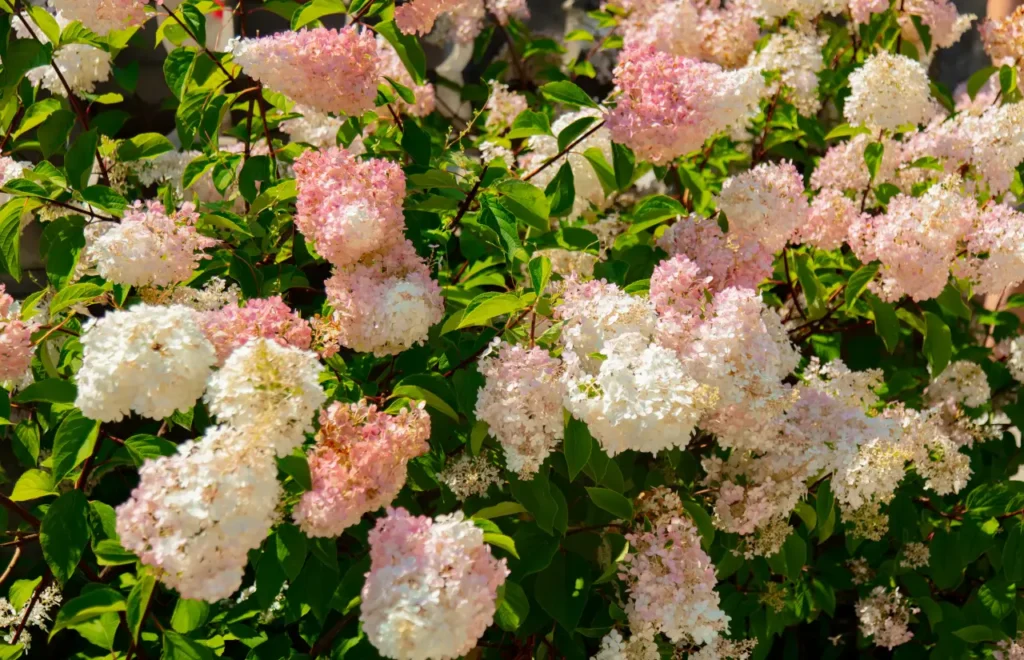

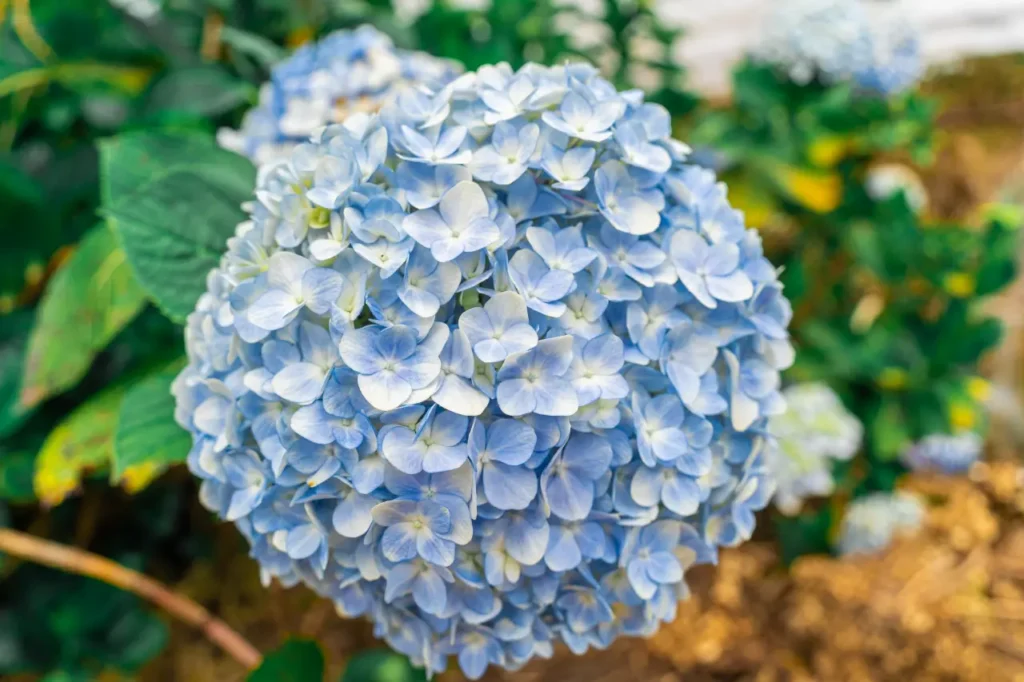
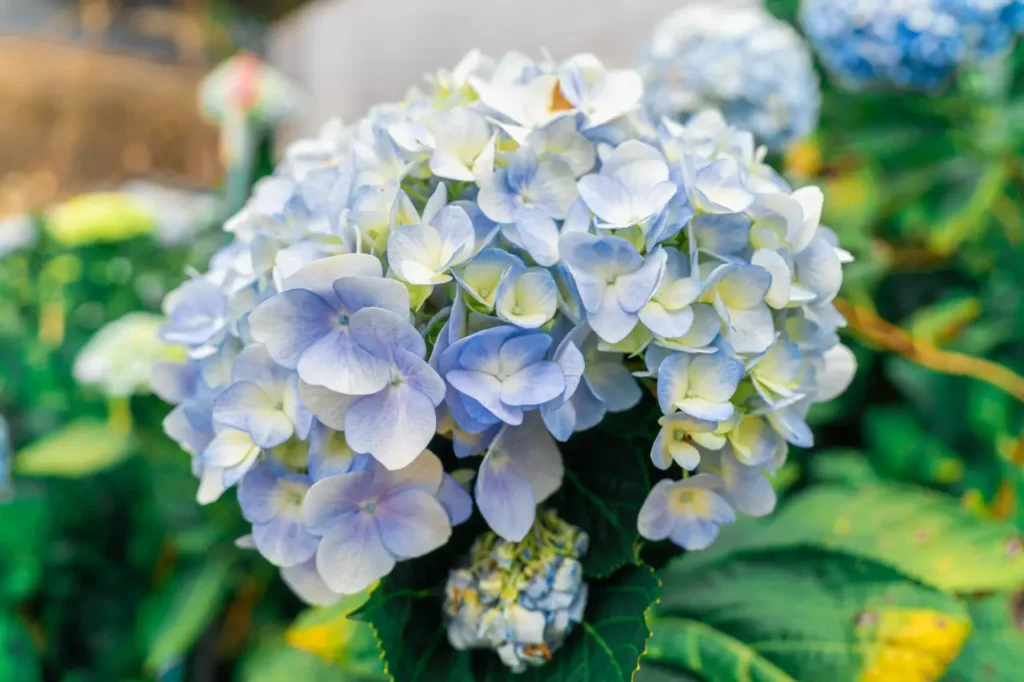

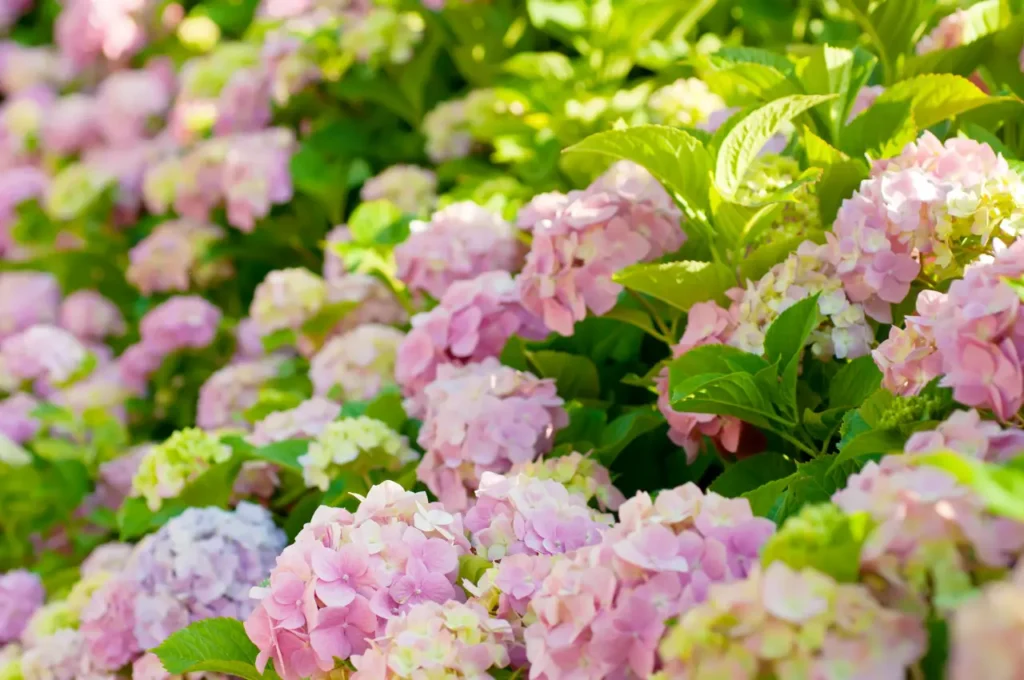
Origins and Varieties
Hydrangeas, scientifically known as Hydrangea spp., belong to the Hydrangeaceae family. Native to Asia and the Americas, these stunning blooms have gained worldwide popularity. There are several notable hydrangea species, including the popular Hydrangea macrophylla, Hydrangea paniculata, Hydrangea arborescens, and Hydrangea quercifolia, each displaying its unique features and charm.
Characteristics and Blossoms
One of the most remarkable features of hydrangeas is their large, showy flower heads, often resembling pom-poms or lace-like clusters. These blooms can vary in shape, size, and density depending on the species and cultivar. Hydrangeas are known for their ability to change color based on the soil pH, with shades ranging from vibrant pinks, purples, and blues to pristine whites and soft pastels
Symbolism and Meaning
Hydrangeas carry rich symbolism and meaning in different cultures. They are often associated with grace, beauty, abundance, and heartfelt emotions. In Japan, hydrangeas are believed to symbolize gratitude and heartfelt apologies. In Western cultures, they represent love, devotion, and understanding. These versatile blooms can be a perfect choice for expressing a range of sentiments, from gratitude to romance.
Cultivation and Care
Growing hydrangeas can be a rewarding experience for gardeners of all skill levels. These hardy shrubs thrive in various climates, depending on the species. Most hydrangeas prefer partial shade and well-drained soil. Adequate watering, especially during dry periods, is essential for their healthy growth. Pruning should be done carefully, as different species have different blooming habits.
It’s important to note that the soil pH can affect the flower color of certain hydrangea varieties. Acidic soil tends to produce blue flowers, while alkaline soil yields pink or purple blooms. However, some cultivars, known as “mophead” hydrangeas, may not exhibit color change based on soil pH.
Versatile Uses
Hydrangeas are not only garden showstoppers but also versatile blooms for various uses. Their breathtaking clusters of flowers are ideal for creating stunning floral arrangements, bouquets, and centerpieces. Whether used fresh or dried, hydrangeas add a touch of elegance and sophistication to any occasion, from weddings to special celebrations.
Hydrangeas stand as a testament to the extraordinary beauty found in nature’s creations. With their captivating blossoms, diverse color palette, and timeless elegance, hydrangeas continue to captivate and inspire. Whether adorning gardens, gracing floral displays, or symbolizing heartfelt emotions, these remarkable blooms leave an indelible impression. Embrace the allure of hydrangeas and let their enchanting presence fill your world with grace and beauty.
